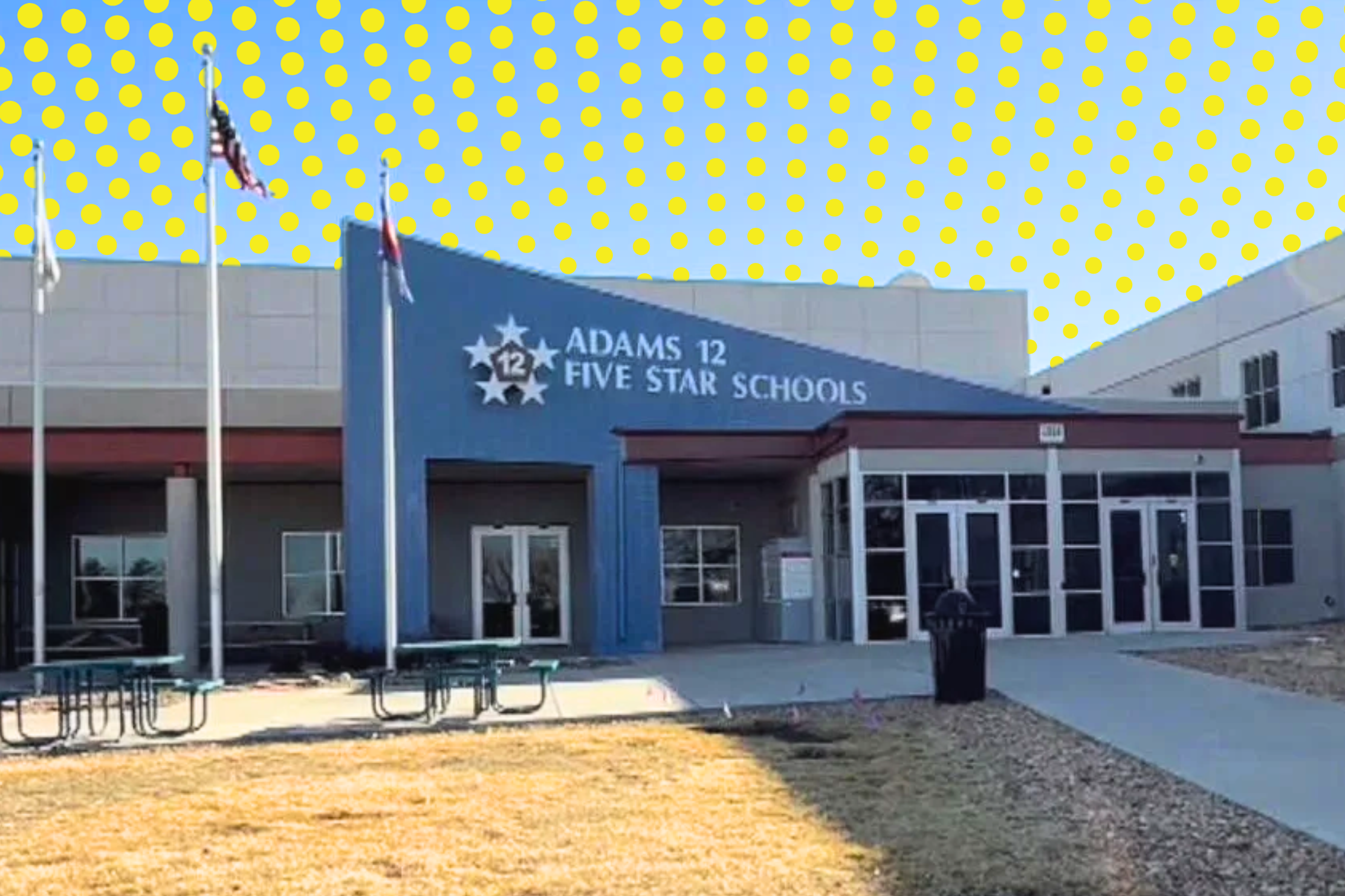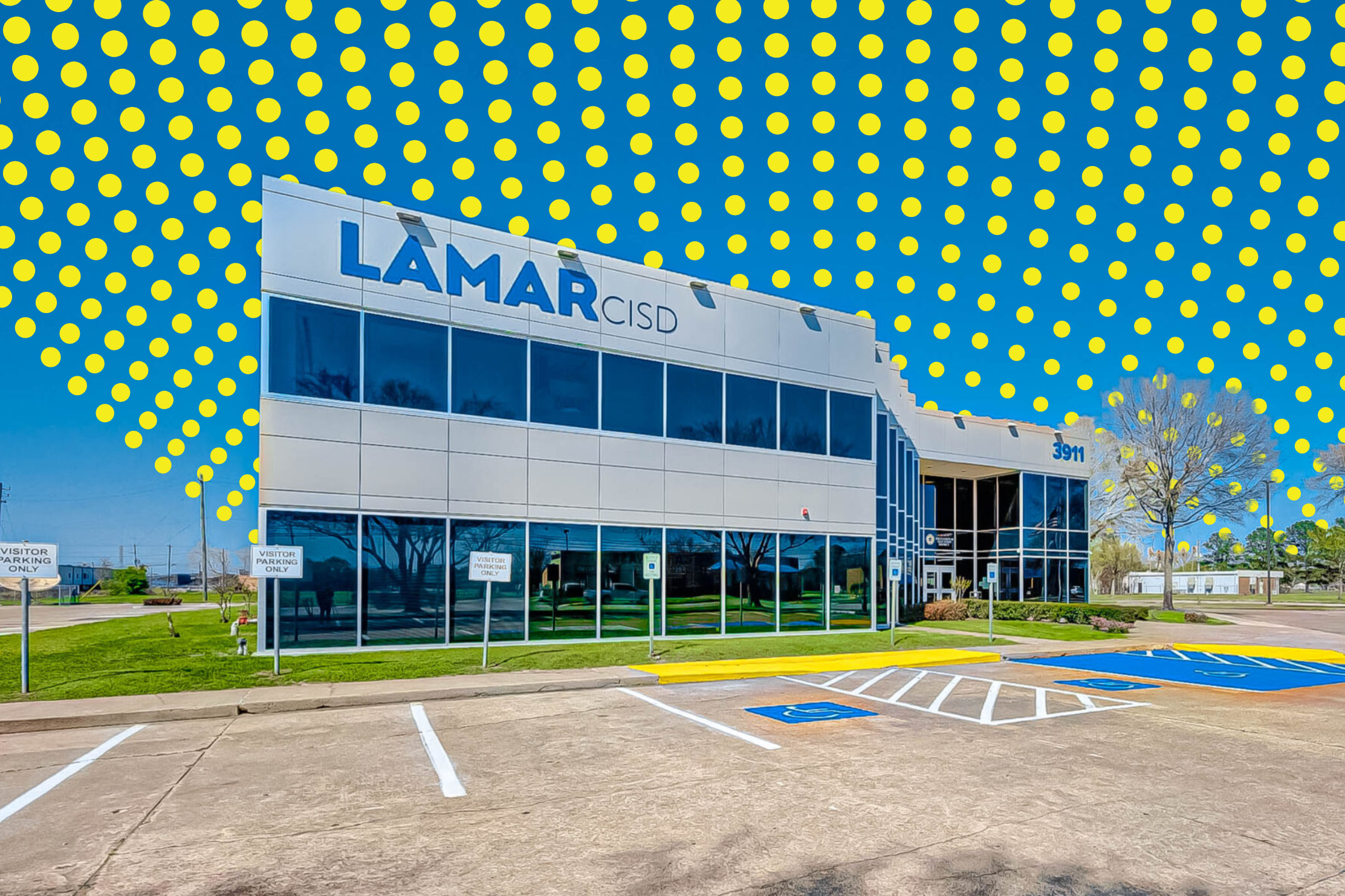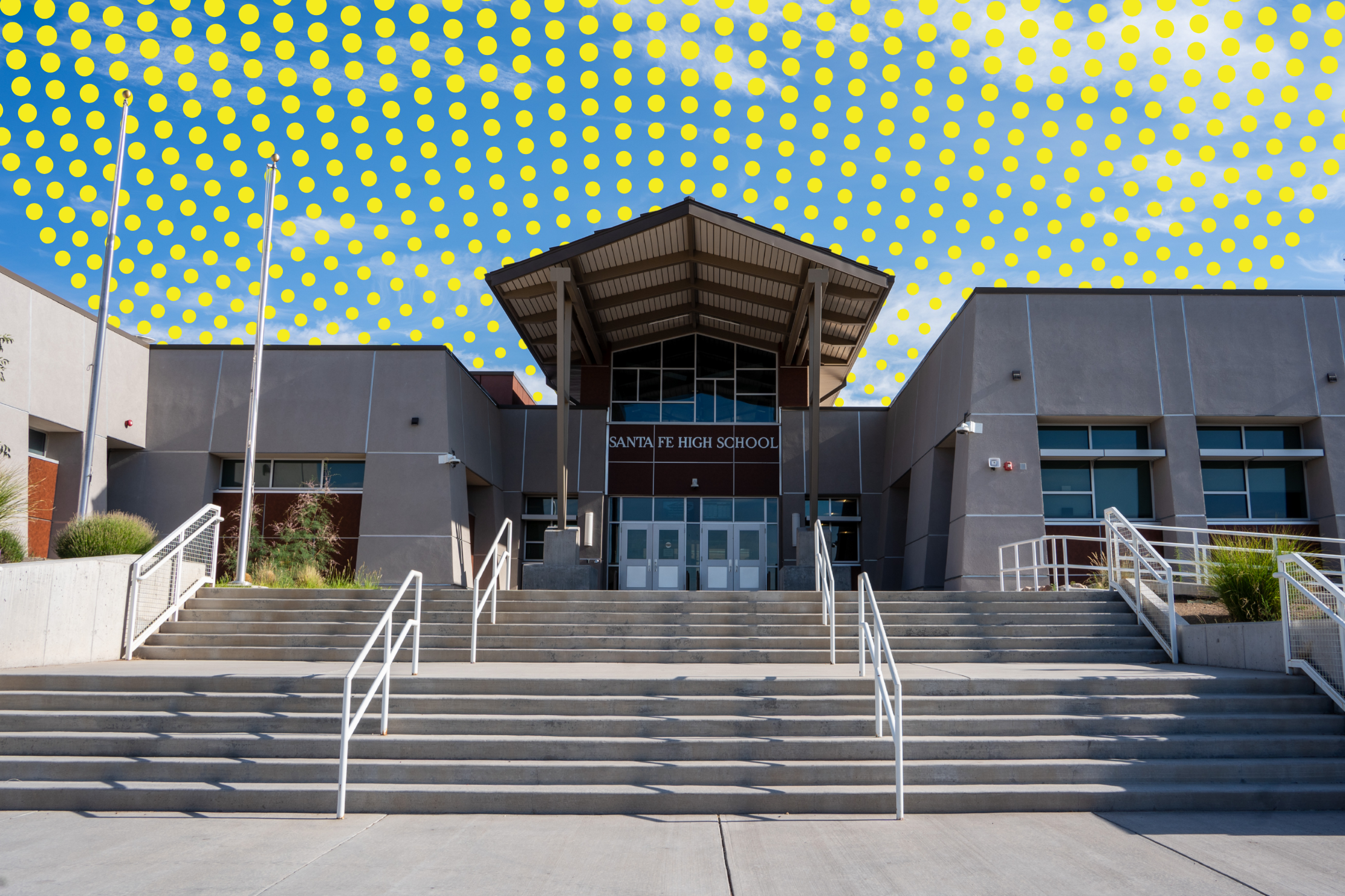Data-Driven Decisions for Personalized Student Support at Evanston
Data-Driven Decisions for Personalized Student Support at Evanston
Data-Driven Decisions for Personalized Student Support at Evanston
Data-Driven Decisions for Personalized Student Support at Evanston
Data-Driven Decisions for Personalized Student Support at Evanston
Data-Driven Decisions for Personalized Student Support at Evanston
Don't miss our breakout sessions!
Book time with our team on-site!
Our team is excited to meet you. Book a time that works best.


Key Takeaways
- SchooLinks provides a comprehensive platform for career exploration and post-high school planning, engaging students and helping them make informed decisions.
- Using tags in SchooLinks allows for targeted communication and support for underserved populations and specific student interests.
- Collaboration with staff and administration is key to maximizing the benefits of SchooLinks, including using analytics for data-driven decisions and promoting courses and events.
- Schools should establish clear expectations by developing a scope and sequence for using SchooLinks, and regularly communicate and train staff on its features and benefits.
Introduction
Nestled in the bustling halls of Evanston Township High School, with its nearly 3,800 students, walks Beth Arey, the College and Career Coordinator. For fifteen years, Beth has been a guiding light, helping students navigate the crucial crossroads of post-high school planning. Yet, as the fall of 2019 approached, a disquieting realization settled in. The existing platform used for college and career exploration felt stale, failing to truly captivate and engage the diverse student body.
Beth envisioned a platform that went beyond the traditional college-centric focus, one that delved deeper into the realm of career exploration. She yearned for a tool that would ignite a spark, giving a sense of purpose within each student, propelling them towards a future filled with direction and clarity.
Amidst the whirlwind of change during the COVID-19 pandemic, Beth stumbled upon SchooLinks. Its visually captivating career exploration tools and emphasis on long-term planning resonated deeply with her vision. SchooLinks offered a dynamic solution, a platform that promised to not only engage students but also empower them to embark on their college journey with a clear sense of purpose. It aimed to bridge the gap between aimless searching and a future filled with intention, a phenomenon Beth had witnessed all too often, particularly among young male students who emerged from college unsure of their next steps.
With SchooLinks, Beth saw an opportunity to transform the post-high school planning experience for her students. It was a chance to equip them with the tools they needed to not only choose a path but also confidently stride towards it, their eyes fixed on a future painted with purpose and clarity.
Adopting SchooLinks
Beth wasn't just seeking a new platform; she was on a mission to improve the way her students approached post-high school planning. SchooLinks wasn't simply adopted; it was woven into the very fabric of the school's curriculum.
"We already had topics that we wanted to do in the advisory periods," Beth explained. "And then it was like, okay, let's make them interactive. And also we wanna know who's participating in them. So what better way to do that than through what SchooLinks offers?"
The freshman and sophomore study halls became a launchpad for exploration. Beth meticulously combed through SchooLinks' activities, identifying ways to transform them into interactive lessons, igniting student engagement. No longer were these just topics on a list; they were dynamic experiences tracked within the platform, ensuring accountability and follow-through.
The beauty lay in the seamless integration. SchooLinks' to-do lists became an extension of the school calendar, reminding students of missed tasks and providing a clear roadmap for their future. "It's not just like willy-nilly, like, oh, let's pick this, let's pick this," Beth emphasized. "But it is saying like, we're gonna strategically do X, Y, and Z over time. And if a student misses it, they can always go back and do it because it is scheduled."
But SchooLinks' impact extended far beyond the classroom walls. Events like career fairs and military visit days were transformed. Before attending the military visit day, students delved into the dedicated learning chapter within SchooLinks, gaining valuable insights and preparing themselves for interaction with recruiters. This not only enhanced the event itself but also allowed Beth to identify students with a genuine interest in the military, creating a targeted communication channel for future opportunities.
"Near Veterans Day, we do a military visit day," Beth described. "We set them up with the learning chapter about the military in SchooLinks. And what it does, it allows for us to have some idea of who is viewing or indicating that they're interested in the military in SchooLinks."
The same approach was applied to standardized testing prep, college visits, and other crucial milestones. Each topical presentation or program became an invitation to explore the relevant learning chapter in SchooLinks, solidifying the platform's role as a central hub for post-high school planning. It was a constant dance, drawing students back to SchooLinks, nurturing their engagement, and empowering them to take ownership of their futures, as Beth put it, "always trying to draw them to SchooLinks."
Individual Career and Academic Planning
Navigating the Illinois state framework for post-high school planning, the PACE framework, presented a new challenge for Beth. However, she wasn't one to shy away from a challenge. Instead, she saw it as an opportunity to further integrate SchooLinks into the fabric of her students' academic journeys.
"We've kind of set up the PACE framework more through a checklist standpoint," Beth explained. "Using the language framework loosely, it's very much a 'here's what the state is expecting a student to have done by grade level.'"
Beth and her team meticulously mapped the state's expectations onto their existing counseling curriculum, transforming it into an individualized student plan. This "ICAP," as they called it, wasn't a one-size-fits-all approach. Recognizing that not every student was college-bound, they ensured flexibility within the framework.
"The beauty of SchooLinks,"
"The beauty of SchooLinks," Beth emphasized, "is that we can put the parts of the ICAP or the PACE framework into the to-dos and track them until the student checks them off." This meticulous tracking allowed them to identify students who needed extra support or guidance. Weekly reports provided valuable insights. "We run weekly reports when we do an activity that's SchooLinks tied," Beth shared. "We want students to know that we actually want them to do it. It's not busy work."
These reports weren't just numbers on a page; they triggered action. Freshmen advisors followed up with students who fell behind, and for those needing more intensive support, dedicated SchooLinks users would gather them for a focused session. "No matter how resistant a student is," Beth admitted, "when you get them engaged with the tool, I have yet to meet a student who hasn't wanted to stay and dig deeper."
This personalized approach wasn't limited to freshmen and sophomores. Beth acknowledged the need to extend this support to older students as well. "We still value this," she declared. "We still want to make sure you're doing it."
While Beth admitted they were still refining their reporting processes, the dedication to using SchooLinks as a tool to meet the PACE framework and empower students in their post-high school planning was evident. It was a work in progress, but one driven by a clear vision: ensuring every student felt prepared and purposeful as they embarked on their future paths.
Using Tags for Reporting and Underserved Populations
In the realm of data-driven decision making, Beth had discovered a goldmine: custom tags in SchooLinks. These tags weren't just labels; they were keys unlocking a treasure trove of insights into her diverse student body. "We want to make sure we're serving all special populations," Beth declared. "Knowing exactly how our students with IEPs are faring, or even drilling down to black male students with IEPs – that's the kind of granular detail we can access."
"It's really beneficial to our reporting"
Beyond demographics like race and lunch status, SchooLinks allowed Beth to identify students in AVID programs, AP classes, or with 504 plans. This meticulous tagging system wasn't just for record-keeping; it fueled action. "It's really beneficial to our reporting," Beth emphasized. "I can look and see who hasn't logged in, like transfer students who might be falling behind in their ICAPs." The "never logged in" reports, once filled with "transfer student" tags, became a wake-up call. "We're coming up with a system to catch all these transfer students," Beth explained. "A group session to get them logged in and caught up, and in the future, it'll be part of the onboarding process." This proactive approach ensured no student was left behind.
But the benefits of tagging extended far beyond logistics. "Students are indicating their career interests," Beth shared. "This allows me to show department chairs how to search for students with specific interests related to their classes." A new zoology course, for example, was brought to the attention of relevant students through a targeted email campaign based on their interests. This wasn't just about informing; it was about empowering departments to actively connect with their potential students.
"It's not just a student tool," Beth stressed. "Counselors will use it, but every time I show department chairs how they can dig into the data, they're hooked. They realize the potential to reach their target audience in a way they never could before."
SchooLinks, with its tagging system, wasn't just a platform; it was a bridge between data and action, a powerful tool for ensuring every student felt seen, supported, and empowered on their unique path. As Beth put it, "I think we're missing populations completely if we don't utilize this goldmine of information. And the beauty is, everyone can play."
Collaboration with Staff and Administration
Collaboration wasn't just a strategy for Beth; it was the fuel propelling SchooLinks' success at Evanston Township High School. Department chairs became enthusiastic partners, inviting Beth and her team to conduct training within their academic meetings. These sessions weren't one-sided lectures. Instead, they focused on empowering teachers to utilize the wealth of information within SchooLinks' student profiles. From goal setting and assessment results to learning styles, this data became a treasure trove for personalized student support.
"We were hoping teachers would use some of that information to group students and use it in their conferences," Beth shared. But the collaboration went beyond theory. A data science class, for instance, used SchooLinks to conduct research and creatively display their findings. This wasn't just about student engagement; it was about aligning the goals of different departments. As Beth put it, "There's such a wealth of information in there, and it's great to see that teachers can benefit for their own educational purposes."
SchooLinks, in Beth's hands, became more than a platform; it became a bridge between departments, fostering a shared vision of student success through empowered teachers, engaged students, and a collaborative school community.
Future Goals and Advice for Schools Using SchooLinks
Looking towards the future, Beth envisioned SchooLinks deeply woven into the fabric of Evanston Township High School. Her advice for other schools considering the platform was clear: prioritize collaboration.
"Getting those parties in place, like meetings with the departments," she emphasized, "should happen early." This collaborative approach fostered a shared understanding of SchooLinks' potential, empowering teachers and department chairs to leverage the platform for personalized student support.
Beyond early engagement, Beth stressed the importance of planning. "Have an established set of purpose, looking at what your scope and sequence will be," she advised. Clearly defined roles and responsibilities within the project team were crucial for smooth implementation.
For Beth, the future held exciting possibilities. Integrating the course catalog and utilizing the course planner were on the horizon, promising a more streamlined and personalized student experience. But her core focus remained unwavering: ensuring SchooLinks supported every student on their unique path to post-secondary success.
In conclusion, Beth's story wasn't just about the success of SchooLinks at Evanston Township High School; it was a testament to the power of collaboration and a shared vision. By actively engaging stakeholders, prioritizing planning, and utilizing the platform's full potential, Beth was building a future where every student felt prepared and empowered to navigate their post-high school journey. And in that future, SchooLinks wasn't just a tool; it was a bridge to opportunity.
Related Posts
See All
.png)



